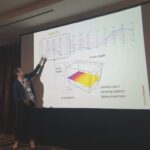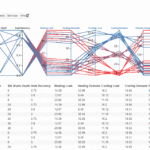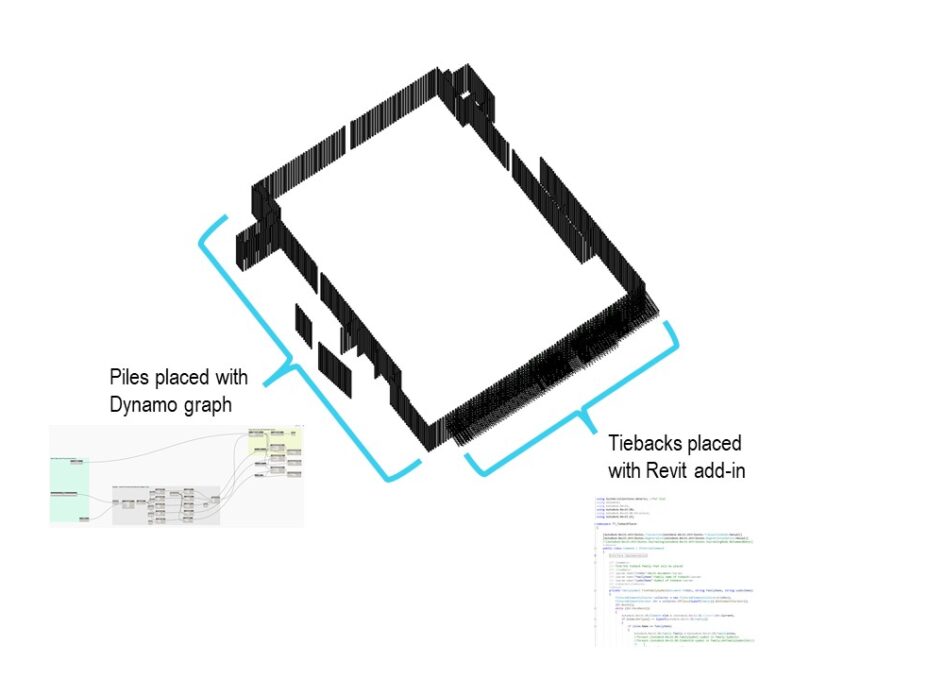PROBLEM
Traditional concept design involves engineers exploring a limited set of reasonable design options that they determine by exercising expert judgment. This limited set of options inevitably cuts out potential solutions from consideration. This is problematic as the design space becomes more complicated and identifying the best solution requires more stakeholders to engage with the design solutions to identify and rate solutions. This project was focused on enabling parametric studies of building energy analysis through automation in order to allow a much larger set of design solutions to be studied using Design Explorer the TT-developed parallel coordinates visualization tool.
The typical design approach involves the creation of a model using the baseline energy analysis model in the WUFI software. Variations on the baseline design must be created by manipulating the base model, running the analysis, and capturing the results manually (usually in Excel). This approach doesn’t scale well and that renders design spaces including thousands of solutions impossible because there isn’t enough time.
This project made the impossible possible by developing a method to allow the designer to indicate the design variation they wanted to explore and combining that with a custom “conductor” application that would automatically run the analysis for the designer. We also engaged with the Fraunhofer institute who develops WUFI to discuss further optimizations and improvements.
SOLUTION
This project consisted of the following:
- Engaged with the designers/energy modelers and the WUFI developers to understand the design drivers and to understand how the software works including API capabilities
- Developed a cost-free workflow to capture the design intent via R
- Developed a custom multi-threaded C# application that:
- reads in the design intent information
- adjusts the baseline model and triggers the WUFI analysis
- tracks the WUFI progress and reports on timing for the analysis
- Developed a custom R tool to post-process the results to represent the results in the web-based Design Explorer tool
- this requires some thinning of the results to maintain reasonable loading times while not dropping important results
- Created training for new designers to allow for parametric design on many buildings
IMPACT
This tool enabled Thornton Tomasetti’s growing sustainability practice to more effectively execute building energy analysis work. Indeed the tool created here allowed for 2200 runs to be completed in ~4 hours. This tool not only made the impossible possible but also armed the designers to use take these 2200 design solutions to their clients and explore those designs in real-time! 
I presented this work alongside colleagues from TT’s sustainability practice and Fraunhofer to the 12th North American Passive House Conference on September 30, 2017, in Seattle. You can find the slides here.






